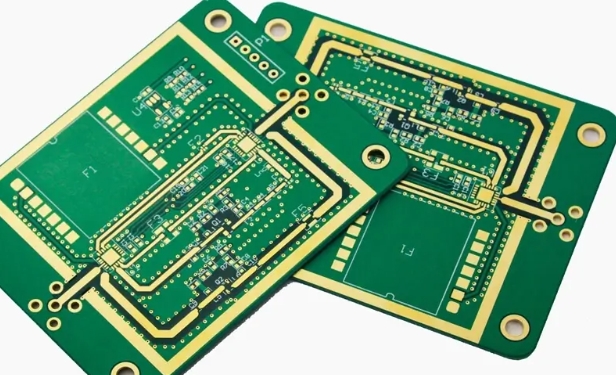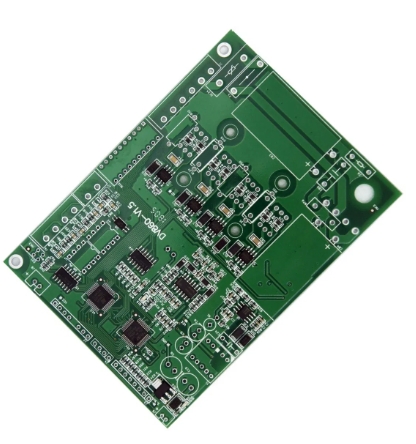Recently, I have been conducting ESD (Electro-Static Discharge) testing on various electronic products. From the test results, I realized that ESD is crucial: if the PCB design lacks proper ESD protection, static electricity can cause devices to freeze or even damage their components. Previously, I only understood that ESD could damage individual components, but now I see...
HomeAuthor
kkpcba-Cindy - KKPCB - Page 44 of 73
Design for Manufacturability (DFM) optimizes designs for the manufacturing process, making it an essential component of concurrent engineering. By considering factors such as manufacturability and assembly requirements early in the design phase, DFM streamlines production, bridges CAD-CAM communication, and enhances product reliability. Here, we cover general technical requirements for DFM in PCB manufacturing. I. General Requirements...
PCB manufacturing relies on standardized guidelines to ensure consistent quality and reliability across various applications. The following list covers the most widely recognized standards from the IPC, EIA, and JEDEC organizations, essential for quality assurance in PCB design, assembly, and testing. Key PCB Standards and Guidelines ESD Control IPC-ESD-2020: This standard sets requirements for electrostatic discharge (ESD)...
Often, products come without a circuit schematic, making it challenging to understand the PCB’s functionality and design principles. When faced with such a situation, follow these steps to reverse-engineer and restore the circuit diagram. This guide provides detailed instructions for accurately translating a physical PCB back into a schematic diagram. Steps to Restore a Circuit...
The following outlines major issues encountered with substrates in PCB design, including their symptoms, possible causes, inspection methods, and solutions. 1. Soldering Problems Phenomenon: Cold solder joints or solder joints with blowout holes. Inspection Method: Analyze holes before and after dip soldering to identify copper stress points. Perform rigorous incoming material inspections on raw substrates. Possible Causes:...
The interconnection of electrical contacts between components and electromechanical parts in a PCB ensures the system functions as per the circuit schematic. Selecting an appropriate interconnection method depends on the specific application, balancing reliability, processability, and cost. Below are commonly used PCB interconnection methods, along with their advantages, considerations, and application scenarios. 1. Soldering Method This...
Proper packaging plays a crucial role in ensuring the safe delivery of PCBs, particularly in competitive markets where quality and presentation are key factors. Though packaging may not generate direct added value, it impacts customer satisfaction and reflects professionalism, particularly for high-precision products like PCBs. This article discusses the importance of packaging, the evolution of...
In power supply design, PCB layout plays a critical role in ensuring the circuit’s efficiency, stability, and reliability. Below are five essential considerations for effective PCB design in power supply applications: 1. Establish a Logical and Linear Signal Flow Directionality is crucial in PCB design to minimize interference and ensure smooth operation. Segregation of Signals: Separate input/output, AC/DC, strong/weak signals,...
Grounding is a critical aspect of PCB design, particularly in mixed-signal environments where digital and analog circuits coexist. Proper grounding ensures stable performance, minimizes noise, and improves the reliability of the overall circuit. Below are key insights and guidelines to address grounding challenges effectively. Key Grounding Concepts Analog Ground (AGND) vs. Digital Ground (DGND): Purpose: Separate analog...
1. Manufacturing Process The best manufacturing process includes electropolishing after laser cutting. Processes like chemical etching and electroforming are prone to errors, such as issues in film making, exposure, or substrate unevenness. 2. Materials Used Steel Mesh Frame: Must withstand a degree of pressure and maintain levelness. Screen: Polyester mesh is ideal for long-term stable tension. Steel Sheet: Type 304 matte finish is preferred...











